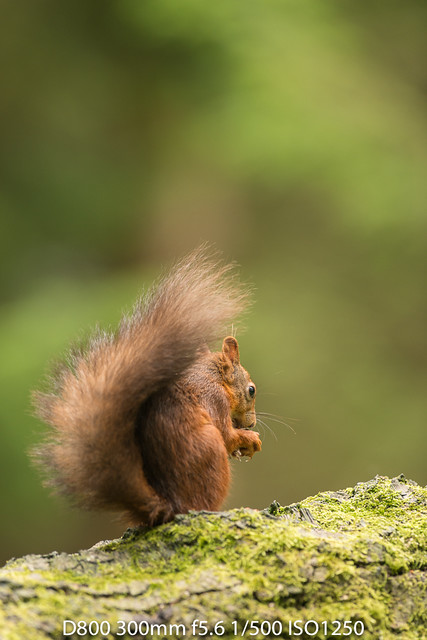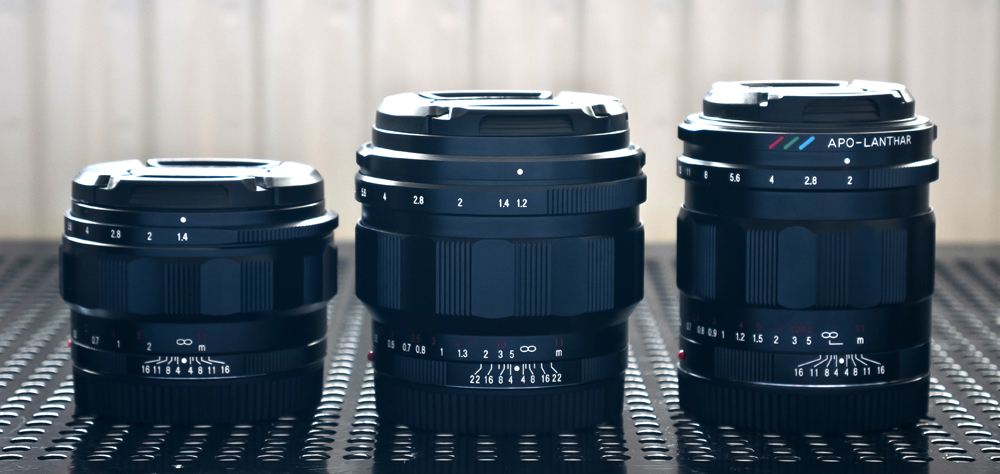- Messages
- 2,249
- Name
- Lee
- Edit My Images
- No
Hi guys. I'm not a beginner though this probably might be seen as a bit of a beginner's question. I've been going out shooting photos, often at f5, or 6.3 or 7.1 thinking that's what my DOF will be. And often I sacrifice light because of these f stops and end up with a higher ISO. But I guess that's a mistake.
Since each f stop is multiplied x1.5 because of it being aps-c, then if I want a DOF of say f7.1, should I set my aperture to f4.5 which x1.5 is 6.75, or f5 which x1.5 is 7.5? Then I'd get more light onto the sensor with a faster f stop while still getting the equivalent DOF of a smaller f stop?
Since each f stop is multiplied x1.5 because of it being aps-c, then if I want a DOF of say f7.1, should I set my aperture to f4.5 which x1.5 is 6.75, or f5 which x1.5 is 7.5? Then I'd get more light onto the sensor with a faster f stop while still getting the equivalent DOF of a smaller f stop?


 D71_8462 by -Rob - Nikon-
D71_8462 by -Rob - Nikon- DSC_9172 by -Rob - Nikon-
DSC_9172 by -Rob - Nikon-
